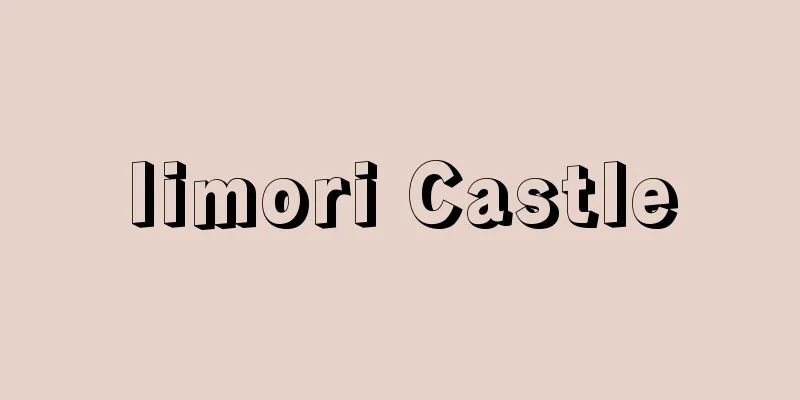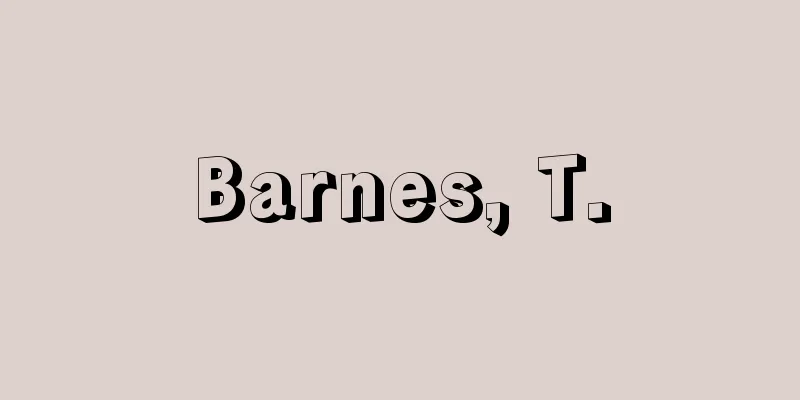zadruga

|
…(3) Compound family: A large family in which multiple married children live with the parents. When the father dies, the family tends to split into separate married couples, and expands and splits repeatedly. It is seen in the joint families of the high castes in India, the patriarchal families of the Chinese aristocracy, the large families of the Middle East, and the zadrugas of the Balkans. While patterns of family formation tend to be maintained over time, there are also aspects in which they are switching to simpler patterns. … From 【Village】...Hida's Shirakawa Village and Etchu's Gokayama Village, which are based on the extended family system and have strong kinship ties, are rapidly disappearing after the Second World War when the Civil Code was revised and the head of the household system was abolished, and due to changes in the style of house architecture, the Zadruga, who live in a tribal community descended from a common ancestor under the elder Gospodar in the Balkan Mountains, are also of this type. The Craghen in Ireland are also often made up of members of the same clan. ... From [Balkan]...The commonalities of Balkan societies are found in the areas of lifestyle, customs, spiritual culture, and material culture, and even in the area of language life. First, in the family system, which is the basis of the lifestyle, the example of the extended family system called zadruga in Serbia, which continued until the 19th century, is well known, but in general, many similarities have been pointed out between the systems of families, clans, clan alliances, and tribes in the Balkan region, and one of the characteristics is that extended families and tribes with a strong patriarchal character continued to function as social groups throughout the Middle Ages and the Early Modern Period. Another characteristic of Balkan villages is that a village is named after a common ancestor, and the entire village takes the form of a fictitious kinship group. ... *Some of the terminology explanations that mention "zadruga" are listed below. Source | Heibonsha World Encyclopedia 2nd Edition | Information |
|
…(3)複合家族制compound family 複数の既婚子が親と同居している多人数の家族で,父の死亡を契機として,既婚子夫婦ごとに分裂する傾向があり,拡大と分裂をくり返す。インドの高級カーストの合同家族joint family,中国貴紳階級の家父長家族,中東諸国の大家族,バルカン僻地(へきち)のザドルーガzadrugaなどにみられた。 家族形成のパターンは時代を越えて保持される傾向がある反面,構成の単純なパターンへ切り換えられていく面もある。… 【集落】より…飛驒の白川村,越中の五箇山の大家族制に裏付けされた合掌造の族縁関係の強い集落は,第2次大戦後は民法が改正され戸主制度が廃止されたことと家屋の建築の様式の変化とによって急速に消滅への道をたどっている。バルカン山中の長老ゴスポダールgospodarのもとに共同祖先から出た部族的共同生活を営むザドルーガzadrugaもこの種のものである。また,アイルランドのクラッヘンも同族によって構成されている場合が多い。… 【バルカン】より…バルカン社会の共通性は生活様式,風俗習慣,精神文化と物質文化の諸領域に見いだされ,それは言語生活の領域にまで及んでいる。 まず生活様式の基本にある家族制度では,19世紀まで存続したセルビアのザドルーガzadrugaと呼ばれる大家族制度の例がよく知られているが,一般にバルカン諸地域の家族,氏族,氏族連合,部族のあり方には多くの類似性が指摘されており,中近世を通じて家父長的性格の強い大家族や部族が社会集団として機能しつづけたことがその特徴としてあげられる。また一つの村落が共通の祖先の名で呼ばれ,村落全体が擬制的な同族集団の形をとっていることもバルカンの村落の特徴とみなされている。… ※「zadruga」について言及している用語解説の一部を掲載しています。 出典|株式会社平凡社世界大百科事典 第2版について | 情報 |
>>: Zachsia zenkewitschi (English spelling) Zachsiazenkewitschi
Recommend
Gaultier-Garguille (English spelling)
...The latter produced Pierre de Larivey's (c...
Customs - zeikan (English) customs
A government office established at key locations ...
Process simulation
Simulating the behavior of chemical processes usin...
Madhusūdana Sarasvatī
A philosopher of the Advaita school of Vedanta, th...
Pankhurst
British suffragette, social reformer, and painter....
Catch-22
...After graduating from high school, he joined t...
Vicious circle principle
… Roughly speaking, it is a theory that reconstru...
Kitanakagusuku [village] - Kitanakagusuku
A village in Nakagami District, Okinawa Prefecture...
Toilet soap (English spelling)
This is soap for washing the face and hands, and i...
Cyrtanthus sanguineus (English spelling)
…[Tora Saburo Kawabata]. … *Some of the terminolo...
Ira Regis - Ira Regis
…(1) The connection between beneficio (beneficia)...
linearly dependent
...Generalizing this concept, linear independence...
Meister der heiligen Veronika (English spelling) MeisterderheiligenVeronika
…It can refer to a school of miniature painters f...
Gyokurinji Temple
...In the eastern Ushijima area, there is an indu...
Markov process
A statistical time series data process in which ob...









